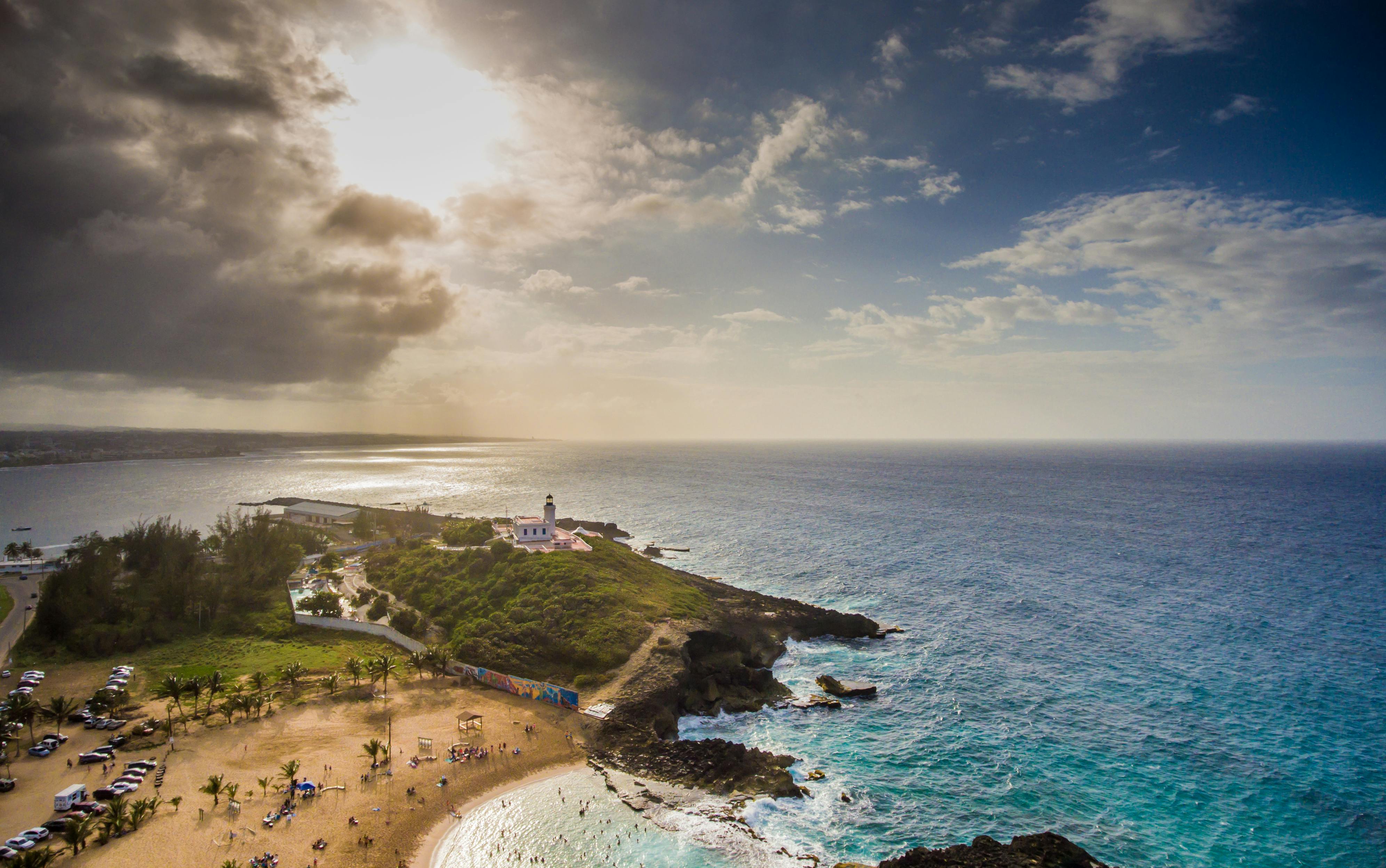MONUMENTS
Monuments are structures that are created explicitly to commemorate a person or event or that are made at an earlier time and have become important in remembering deceased people or past events. But some monuments are so whimsical and precious that they become the shining star of the vast universe of beautiful structures. They are exhibited as the world heritage site.
It is a saga but a very practical truth of today. These valuable jewels of our country are in danger of extinction and if serious and bold steps are not taken for their revival, the country will be like a bride without jewels. Although India is the treasury of temples, monuments and amazing ancient works of art and beauty, I will highlight some famous monuments marked as world heritage sites.
– QUTUB MINAR- in Delhi built by Qutbuddin Aybak in 1193;
– RED FORT – in Delhi built by Shah Jahan in 1639;
– HUMAYUN’S TOMB – in Delhi built in 1570; these three are among the world heritage sites.
The other famous monuments in Delhi are:
– IRON PILLAR 22 feet HIGH-in AD 375-415;
– JAMA MASJID: the largest mosque in India built in 1655;
– PURANA QILA, JATAR MANTAR and GATE OF INDIA.
Some other world heritage sites in India are:
– TAJ MAHAL: a tomb in Agra built by Shah Jahan in 1631 for his wife Mumtaz Mahal;
– FATEHPUR SIKRI: a magnificent red sandstone city in Sikri, near Agra, built by the Mughal Emperor Akbar.
– AJANTA AND ELLORA CAVES: Present in Maharashtra, these caves were built around the 6th century. The caves represent the Buddhist and Jataka tales.
– ELEPHANT CAVES: Present in Maharashtra, these caves were also built around the 6th and 7th centuries and have a 6m high bust of Lord Shiva.
– SONAR QILA: a fort in Rajasthan was built by Rawal Jaiswal in 1156.
– CHARMINAR-is a square shaped monument built in Andhra Pradesh in 1591.
– SANCHI STUPAS: They are one of the oldest stupas in Bhopal.
– BHIMBETKA- in Madhya Pradesh are the rock shelters discovered in 1957. They have many different paintings.
– BASILICA DEL BOM JESÚS-present in old Goa houses the tomb of Saint Francis Xavier.
– HAMPI-present in Karnataka has many beautiful temples.
– MAMALLAPURAM: is a group of rock-cut monuments built around the 7th and 8th century in Tamil Nadu.
Monuments are going bad: There are not one but many ways in which valuable and literally non-renewable structures originally created by ancient artists from different dynasties are being ruined.
Chemicals are released and merged into the air through motor vehicles, coal-fired power plants, nuclear waste disposal, plastic factories, and other heavy industries. Even the spraying of pesticides and chemicals in agricultural fields is harming air quality. The harmful gases released into the environment are basically Carbon, Sulfur and Nitrogen oxides and chloro-fluorocarbon gases. These gases are polluting the air, increasing global warming and even depleting the ozone layer by allowing UV rays to enter the Earth’s atmosphere. These bad elements go hand in hand with other acts that cause damage to our heritage. To make matters worse, deforestation has crossed the limit of pollution. All these negative human behaviors together are ruining the environment, basic life and also our very prestigious and precious world heritage sites.
The basic structure of these sites weakens over time. Acids and chemical products that are destroying the skeleton of these whimsical creations that lead to the rupture of both their anatomy and their morphology penetrate deep into their base. Either the paintings or the intricate detailed work are falling off; or the shine and lacquer of the stone decrease or become dull.
Chemicals merged with the air and fall on these monuments while acid rain washes away the beauty of these great sites.
The natural luster or colors of the stones turn black. The clear example is the Taj Mahal-It is formed by a white stone called ‘Sangemarmar’. Due to the presence of heavy smog in the atmosphere, the ‘Taj Mahal’ is literally turning into a black beauty.
People rub the wall of these beautiful structures. Couples write their names and love messages on the walls, littering and spitting out the chewed beetle and many other obscene attitudes ruining the crystalline beauty of these monuments.
The scorching heat prevents tourists from visiting these places. Intense global warming, deforestation, and over-pollution have raised the temperature to such an extent that people don’t like seeing these itchy, sweaty beauties all over their bodies.
Foreign tourists who enhance the value of these sites and propagate about their art and beauty are being exploited and falsely used by some bad Indian hosts. This dampens the enthusiasm of foreigners to visit India and ultimately the result is economic degradation. Fewer tourists, less economy and less revival of monuments. If these legacies are not revived from time to time, after a few years they will become history forever.
The subway advance acts as a dike. The levee prevents flooding, but here the construction of subway stations and the construction of subway routes are clogging the stagnation of these monuments. For example, the tall Qutab Minar is distracted due to the passing route of the metro.
But it’s never too late. Let’s put our hands together and step forward for the mission of reviving Indian gems: OUR MONUMENTS:
“Conservation and preservation of these monuments cannot be neglected anymore”…. Well written and shared by CBSE ‘Siksha Sadan’ to all CBSE affiliated school principals on 7th January 2010.
The Ministry of Culture showed courtesy by supporting the theme and lectures in schools so that students understand and respect their world heritage.
Books are not the only solution. As they always say “action speaks louder than words”, students should travel frequently to these very special monuments. With proper guidance, your knowledge about ancient monuments should be improved. Quiz should be organized on the basis of world heritage sites and other monuments. The prizes awarded to the winners will encourage students to have complete information on their assets. Students should be explained the reasons for the protection and reactivation of these sites.
The generation that takes advantage of the fields such as civil construction, paintings, decoration and interior and exterior design must be guided to promote their extensive creative knowledge in the revival of monuments.
The previous and common style of reviving these world heritage sites and monuments is to convert them wholly or partly into a museum, library, tourist spot or hotel. A famous example is ‘Chauki Dhani’ in Jaipur. By establishing museums or libraries in these prehistoric beauties, the visitors will gain the interesting and elaborate knowledge of these sites. By turning them into hotels or tourist spots, the government will get the income from abroad and the motivation to rehabilitate these old creatives.
VOTE FOR TAJ MAHAL: A very fruitful step to put this whimsical monument on top. Similarly, voting can be supportive of saving and reviving other monuments. The step can be set via:
Internet software can be designed to inform viewers and web savvy about these heritage sites and solicit their upvotes. This method will cover people review globally.
In addition to the Internet, NGOs can work on this procedure by organizing seminars, meetings and small gatherings. The government in this perspective must support these organizations through financial and legal procedures.
Cinema has always inspired the public. People literally follow the trend that celebrities start. If the cinema and celebrities act in those films and shows that convey the message of protection and rehabilitation of monuments, the effect will be strong and productive. The speeches and messages delivered by celebrities on radio, television, theater and road shows, stir up the patriotic feeling that is hidden in the depths of the hearts of the Indians.
Proper security of these eminent works by great artists is required to prevent their destruction, whether by theft or in any other way. In addition, if someone is found guilty, he must be punished with imprisonment or a fine according to the magnitude of the damage caused to the property.
The above are the few steps that can be taken for the evaluative work of monumental recovery. In addition to this, the national culture must be strengthened not only in dance, music and other performing arts, but also in the rehabilitation and defense of world heritage sites and monuments.
The procession has begun, do not wait and just share by the hand being part of this divine act.



